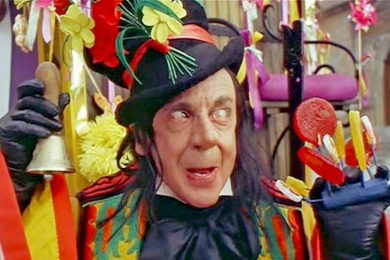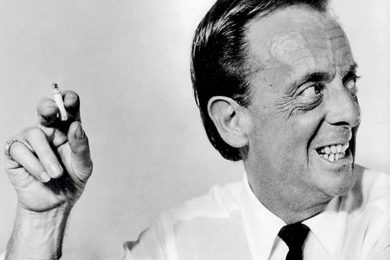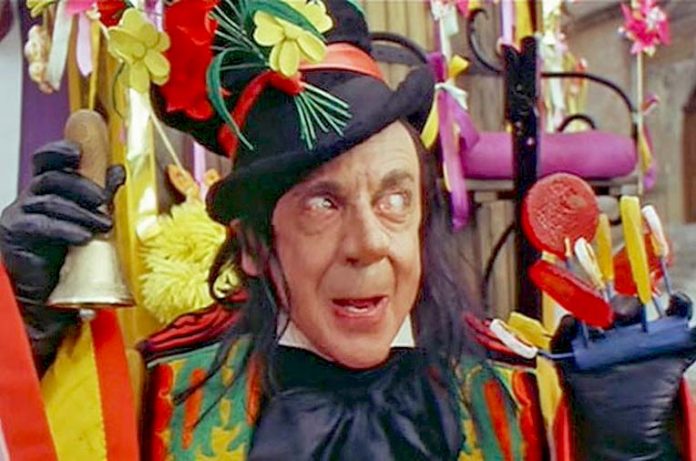
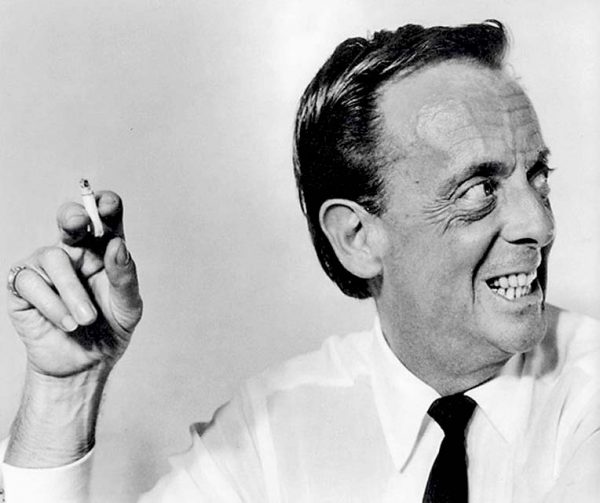
ALL the colour, charisma and character of Mount Gambier born artistic icon Sir Robert Helpmann have been retained in a cheeky quote known to millions worldwide.
When sharing his thoughts on the controversial avant garde theatrical revue Oh! Calcutta! in the late ’60s, Sir Robert uttered these memorable words: “The trouble with nude dancing is that not everything stops when the music does.”
Capturing the way many have described him, the quote highlights Sir Robert’s colourful persona.
The new year marked 50 years since Sir Robert was made a Knight Bachelor of the Order of the British Empire in the 1968 Queen’s New Year’s Honours List for his services to dance.
However, the life of Sir Robert featured more than just ballet performances and film appearances – this quirky individual had his fair share of memorable moments.
Sir Robert was 60 years old when he was cast in the 1968 family film Chitty Chitty Bang Bang as the terrifying child catcher.
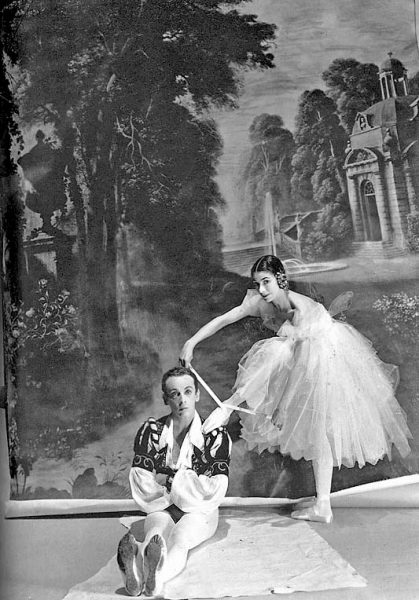
The role has been regarded one of the scariest film characters to date.
His portrayal of the child catcher was the inspiration for goth-rock outfit Marilyn Manson’s controversial 1995 album Smells Like Children.
It even made Empire Magazine’s 50 greatest villains, coming in at number 22 ahead of Dracula, Darth Vader and Freddy Krueger.
Celebrating the film’s success in the 1980s, the cast returned to screen for a television special to share stories from behind the scenes of Chitty Chitty Bang Bang.
Child star Adrian Hall said Sir Robert’s character dominated discussion about the film.
“Around 80 to 90pc of the conversations I have about the film start with the phrase ‘I was so scared of that child catcher, I had nightmares about that character’,” he said.
Co-star Heather Ripley echoed Adrian’s remarks and claimed Sir Robert was not at all frightening in person.
“Robert was the least scary person I have ever met in my life,” she said.
“He could not have been more charming and just wonderful, but it was the way he moved that could be extremely scary.”
However, it was not all fun and games on set when Sir Robert was almost killed during rehearsal.
Co-star Dick van Dyke described the unforgettable moment, praising Sir Robert’s grace and agility.
“He was coming down the street fast, whipping those horses and as the carriage went around the corner it flipped over and we all thought ‘this is the end of him’,” he said.
“As it uptilted he stepped on the side, on the wheel and onto the curbing while the carriage went off tumbling and falling apart.
“I have never seen anything as graceful in my life and he was not a young man then, it was like he was doing a ballet step.”
Sir Robert was renowned as an ambitious and flamboyant individual who was always out to make an impression.
The ballet dancer, actor, producer, director and choreographer combined his talents to create the first wholly Australian ballet, The Display, in 1964.
No stranger to controversy, Sir Robert’s production touched on ideas of hostility and aggression in Australian society while its name referred to the mating dance of the lyrebird, for which the ornithological term is “display”.
As part of the ballet, he used the lyrebirds’ display as a metaphor for the mateship displays of Australian men.
At the time, he explained the ballet showed “the hostility of a group to any outsider who does not wish to be part of a communal life, how a number of people when they band together in a mob can lose their humanity and become brutalised”.
Relating to his own life as an outsider, the ballet conveyed his feelings of “abnormality” in society.
The inspiration for The Display came to Sir Robert in a dream where he saw his friend and co-star renowned Hollywood actress Katharine Hepburn naked on a dais surrounded by lyrebirds.
Several years earlier in 1955, the duo visited Sherbrooke Forest within Victoria’s Dandenong Ranges to see lyrebirds in their natural surroundings.
Fascinated for hours by the birds’ fanciful mating dance, Sir Robert was inspired by the creatures’ movement for choreography.
The work made its world premiere on March 14, 1964, at Adelaide’s Her Majesty’s Theatre as part of the Adelaide Festival of Arts and was dedicated to Hepburn.
Since its debut, The Display has been revived by many companies across the globe, notably by The Australian Ballet as part of its Icons season in 2012.
Today, 50 years since his knighthood, Sir Robert is remembered in the South East as a patron of the arts through the naming of the city’s theatre and recent fly tower artwork
On April 13, 1984, Sir Robert returned home to Mount Gambier to celebrate the renaming of the city’s theatre in his honour.
Filled with emotion on the day, Sir Robert said he was at a loss for words.
“It is strange for me as my friends would tell you, because they say I talk far too much,” he said.
“But I find just at this moment that words are totally inadequate to express my pride in this great honour the people of Mount Gambier are bestowing upon me.
“I do not think you will ever know what it means to me and how great an honour it is to have a theatre named after you.”
Since its name change, the theatre has experienced world-class performances from visiting and local acts.
It is a place where rising stars put their best foot forward in hopes of creating their own dazzling career in the performing arts.



